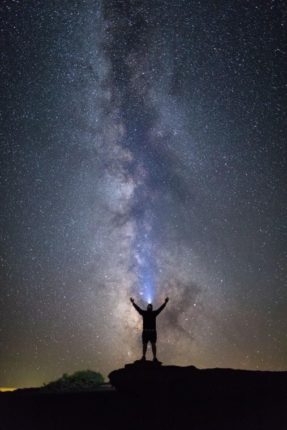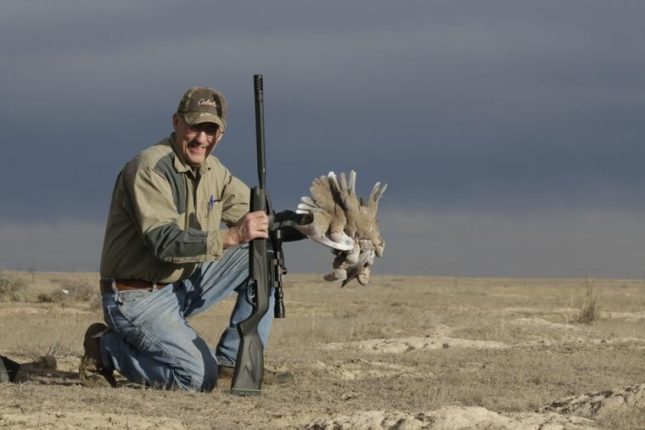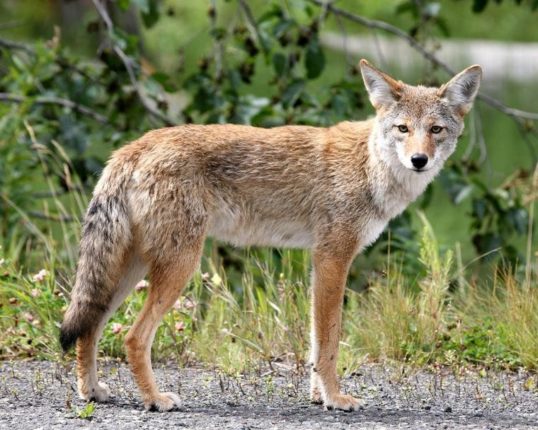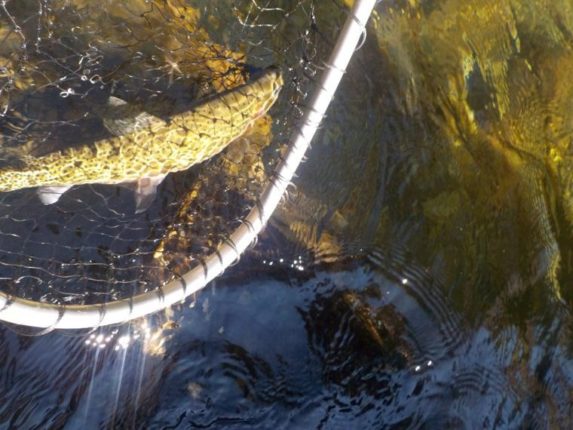JACKSON, Wyoming — Eyewitnesses say that an undetermined disease is likely what killed four wolf pups found dead recently on and near trails in the Horse Creek area south of Jackson.
Coby Wheeldon, a horse guide for the Mill Iron Ranch, encountered two of the puppies atop a trail while leading a private ride, and immediately reported them to authorities.
“They were in pretty ugly-looking shape,” Wheeldon said. “The first one had very severe mange on its rear end.”
The second pup, also located directly on the trail, similarly appeared to be in sorry condition.
At the time he found the pups, they were intact and did not yet smell — suggesting the deaths were relatively recent.
Wyoming Game and Fish Department personnel who Wheeldon phoned arrived and found a third dead young wolf nearby, and also a fourth pup that was barely hanging on.
“One of them was still alive at the time, and one of our employees euthanized that animal,” Game and Fish spokesman Mark Gocke said. “He walked right up to it, and it was clear that it was going to die, so he put it down.”
Game and Fish officials said they could not release much information — including the suspected cause of death — because of a Wyoming statute that’s intended to protect the identity of people who legally kill wolves.
Speculation ran rampant about how the wolf pups died after the Jackson Hole Daily’s initial report, and state wildlife officials then secured permission from top brass in Cheyenne to unveil more details.
“Based on the information that we have, we would expect that these animals died due to natural causes,” Gocke said. “Of course we won’t know for sure until we get the necropsies back from the lab.”
Wheeldon’s recollection was that the warden and biologist who responded to the scene suspected that the wolf pups had succumbed either to distemper or parvovirus, the latter of which is a highly contagious and sometimes-lethal disease.
A Wyoming State Veterinary Laboratory in Laramie, which received the carcasses to conduct necropsies, will determine the exact cause of death. Results should come back within a couple of weeks, Gocke said.
Wheeldon estimated the pups at 25 pounds to 30 pounds apiece. Having been born this spring, they would have been approximately 4 to 5 months olds.
The drainage where the Mill Iron Ranch employee discovered the sickened young canines has a wolf pack in its name — the Horse Creek Pack. While tagging along with a Game and Fish wolf biologist last winter, the News&Guide learned that some of the Horse Creek wolves have faced disease issues in the past. One of the wolves that biologist Ken Mills handled for research after a capture operation, a skinny young black male, had funky teeth.
“When he was pup, he had distemper, and it causes the enamel to malform,” Mills said at the time. “I’ve never seen it in our wolves before.”
Death from natural causes, like disease, is rare relative to human-caused sources of mortality, at least in Wyoming’s wolves.
A year ago, a state wolf population estimated at 347 animals sustained an estimated 168 mortalities, according to Game and Fish’s annual monitoring report. Of those deaths, just a dozen were attributed to natural causes.






